Home>Furniture & Design>Interior Design Trends>Why Does Beer Taste Better In A Glass
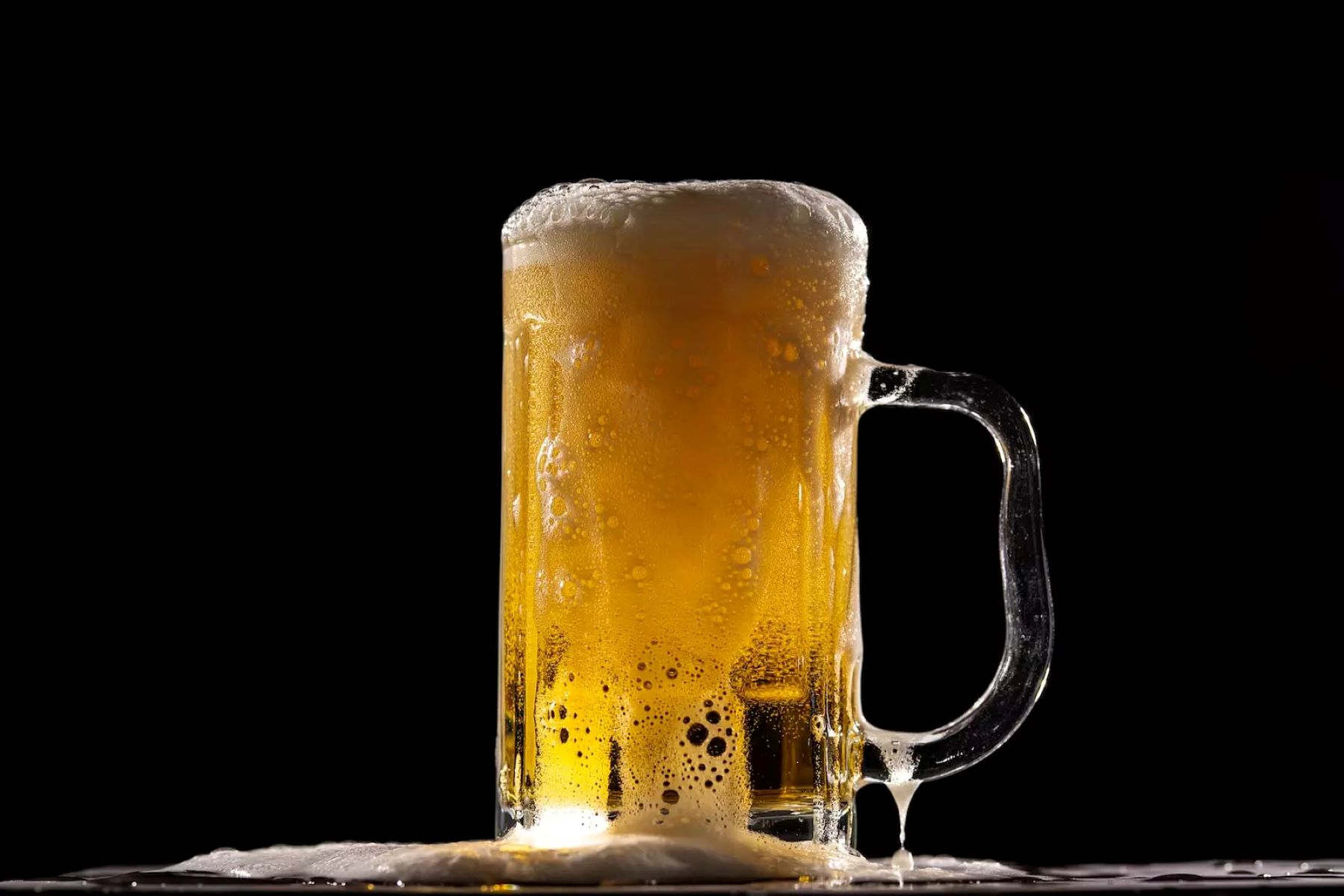

Interior Design Trends
Why Does Beer Taste Better In A Glass
Modified: October 19, 2024
Discover the latest interior design trends for enjoying beer in a glass and elevate your drinking experience. Explore why beer tastes better in a glass and how to incorporate this trend into your home.
(Many of the links in this article redirect to a specific reviewed product. Your purchase of these products through affiliate links helps to generate commission for Storables.com, at no extra cost. Learn more)
Introduction
Beer enthusiasts often debate whether beer tastes better when consumed from a bottle, can, or a glass. While personal preferences play a significant role in this ongoing discussion, there is a scientific basis for the claim that beer indeed tastes better when sipped from a glass. The experience of enjoying a cold, refreshing beer is not solely about the taste; it encompasses the entire sensory journey, from the visual appeal to the aroma and flavor perception. Understanding the science behind beer and glassware can shed light on why beer aficionados insist on pouring their favorite brew into a glass before indulging in its flavors. Let's delve into the fascinating world of beer and glassware to uncover the reasons behind this age-old tradition.
Key Takeaways:
- Pouring beer into a glass enhances the sensory experience by preserving aroma, flavor, and visual appeal. The right glassware and pouring techniques elevate the enjoyment of beer, making each sip a sensorial adventure.
- The shape of the glass impacts the release and concentration of aromatic compounds, influencing the beer’s taste and overall sensory perception. Understanding the science behind glassware enriches the appreciation of favorite brews.
Read more: Why Is Glass Better Than Plastic
The Science Behind Beer and Glassware
The enjoyment of beer is a multisensory experience that extends beyond taste alone. When it comes to savoring a well-crafted brew, the vessel from which it is consumed plays a crucial role in shaping the overall sensory perception. The science behind beer and glassware delves into the intricate interplay of visual, olfactory, and gustatory cues that influence our perception of flavor and aroma.
Visual cues are the first point of contact with any beverage, and beer is no exception. The appearance of beer in a glass allows for a visual assessment of its color, clarity, and effervescence. The choice of glassware can significantly impact the visual presentation of beer, enhancing its aesthetic appeal and setting the stage for an enticing sensory experience.
Furthermore, the shape and design of the glassware can influence the release and concentration of aromatic compounds, thereby amplifying the beer's aroma. This is particularly significant as the olfactory system plays a pivotal role in flavor perception. The aromatic profile of beer, encompassing notes of hops, malt, yeast, and other adjuncts, contributes to the overall flavor experience. By utilizing specific glass shapes that facilitate the concentration and retention of these aromas, beer enthusiasts can elevate their sensory encounter with each sip.
Moreover, the physical properties of the glassware, such as its thickness and curvature, can impact the temperature maintenance of the beer. Maintaining the ideal serving temperature is crucial for preserving the volatile compounds responsible for the beer's aroma and flavor. The right glassware can help retain the beer's temperature, ensuring that it is enjoyed at its optimal state throughout the drinking experience.
In essence, the science behind beer and glassware underscores the intricate relationship between sensory perception and the vessel from which beer is consumed. By leveraging the principles of visual aesthetics, olfactory enhancement, and temperature maintenance, the right glassware can elevate the overall beer-drinking experience, allowing enthusiasts to fully appreciate the complexities and nuances of their favorite brews.
The Role of Aroma and Flavor Perception
The enjoyment of beer extends far beyond the taste buds, encompassing a symphony of sensory experiences that contribute to its overall allure. A pivotal aspect of this sensory journey lies in the intricate interplay of aroma and flavor perception, which significantly influences our appreciation of beer. The olfactory system, responsible for detecting aromas, plays a fundamental role in shaping our perception of flavor, making it a crucial component in the beer-tasting experience.
When it comes to savoring a well-crafted brew, the aroma serves as a prelude to the flavor, offering a tantalizing preview of the taste to come. The aromatic profile of beer is a complex tapestry of scents, ranging from floral and citrusy notes to earthy and spicy undertones, all of which contribute to the beer's overall flavor profile. These aromatic compounds, derived from the hops, malt, yeast, and other brewing ingredients, are integral to the sensory experience, adding depth and complexity to the beer's taste.
The olfactory receptors in our nasal passages are adept at detecting a myriad of aromas, each of which contributes to the overall flavor perception. When beer is poured into a glass, the vessel's design and shape can significantly impact the release and concentration of these aromatic compounds, thereby influencing the beer's aroma. Certain glassware, with its tapered shape or flared rim, can effectively capture and concentrate the beer's aromas, allowing enthusiasts to fully immerse themselves in the olfactory delights of their favorite brews.
Moreover, the aroma of beer is intricately linked to its flavor, as our sense of taste is intricately intertwined with our sense of smell. The olfactory cues detected by the brain play a pivotal role in shaping our perception of flavor, influencing how we interpret the taste of the beer. The harmonious interplay of aroma and flavor perception creates a multi-dimensional tasting experience, where each sip unfolds a symphony of sensory delights, from the initial aroma to the lingering aftertaste.
In essence, the role of aroma and flavor perception in beer tasting is a testament to the intricate relationship between our senses and the sensory pleasures offered by a well-crafted brew. By understanding and appreciating the profound impact of aroma on flavor perception, beer enthusiasts can elevate their tasting experiences, gaining a deeper appreciation for the complexities and nuances of their favorite beers.
Pouring beer into a glass helps release its aromas, enhances the flavor, and allows the carbonation to settle, making it taste better than drinking from a bottle or can.
The Impact of Glass Shape on Beer Taste
The impact of glass shape on beer taste extends beyond mere aesthetics, delving into the realm of sensory perception and flavor enhancement. The design and curvature of a glass can profoundly influence the way in which we experience the aroma, flavor, and overall tasting profile of beer. Each unique glass shape is meticulously crafted to accentuate specific characteristics of different beer styles, offering enthusiasts a heightened sensory encounter with each sip.
One of the key factors influenced by glass shape is the release and concentration of aromatic compounds. The aromatic profile of beer, derived from its brewing ingredients, encompasses a diverse array of scents, ranging from floral and fruity notes to earthy and herbal undertones. When poured into a glass, the shape of the vessel can impact the dispersion and concentration of these aromas, thereby influencing the beer's olfactory appeal. For instance, tulip-shaped glasses, with their flared rims and inward-curving sides, are adept at capturing and concentrating the aromatic nuances of aromatic and hop-forward beers, allowing enthusiasts to fully immerse themselves in the beer's captivating bouquet.
Moreover, the shape of the glass can also affect the beer's carbonation and head retention, both of which contribute to the overall tasting experience. Certain glassware, such as the classic pint glass or the tall weizen glass, is designed to promote the formation and maintenance of a frothy head, which not only enhances the visual appeal of the beer but also contributes to its mouthfeel and release of volatile compounds. The effervescence and head retention, influenced by the glass shape, can significantly impact the beer's texture and overall sensory perception, adding depth and dimension to the tasting experience.
Furthermore, the curvature and tapering of the glass can direct the beer to specific areas of the tongue, influencing the way in which we perceive its flavor. For instance, glasses with a wide bowl and tapered rim can deliver the beer to the front of the palate, accentuating the initial sweetness and malt flavors, while those with a narrower opening can direct the beer to the back of the palate, emphasizing the bitterness and hop characteristics. This nuanced interaction between glass shape and flavor perception underscores the profound impact that the vessel can have on the overall tasting profile of beer.
In essence, the impact of glass shape on beer taste is a testament to the artistry and science behind the design of glassware, where each curve and contour is carefully crafted to elevate the sensory experience. By understanding the intricate relationship between glass shape and beer taste, enthusiasts can enrich their appreciation for their favorite brews, savoring each sip as a symphony of sensory delights.
The Importance of Proper Pouring Techniques
The art of pouring beer is not merely a ceremonial tradition; it is a fundamental practice that significantly impacts the beer-drinking experience. Proper pouring techniques play a pivotal role in preserving the beer's carbonation, enhancing its aroma, and ensuring a visually appealing presentation. By mastering the art of pouring, enthusiasts can unlock the full potential of their favorite brews, savoring each sip as a sensorial journey through flavor, aroma, and visual allure.
When it comes to pouring beer, the first step is to select the appropriate glassware that complements the style of beer being served. Each beer style has its designated glass, tailored to accentuate its unique characteristics. Whether it's a tulip glass for aromatic ales, a pilsner glass for crisp lagers, or a snifter for robust stouts, the right glassware sets the stage for an optimal pouring experience.
The pouring process itself is a delicate dance between precision and finesse. To begin, the glass should be held at a slight angle, allowing the beer to flow gently down the side of the glass. This gradual pour minimizes agitation, preserving the beer's carbonation and preventing excessive foaming. As the glass fills, gradually straighten it to achieve the perfect head, typically around one to two fingers in width. The formation of a frothy head not only adds to the visual appeal of the beer but also traps aromatic compounds, intensifying the beer's aroma with each sip.
Furthermore, the act of pouring serves to awaken the beer, releasing its volatile compounds and enhancing its aromatic profile. The gentle cascade of beer into the glass agitates the liquid, promoting the release of carbonation and aromatic compounds, which are then concentrated within the head. This process primes the beer for a heightened olfactory experience, allowing enthusiasts to fully immerse themselves in the beer's captivating bouquet.
Proper pouring techniques also contribute to the beer's mouthfeel and overall sensory perception. By minimizing agitation and controlling the formation of the head, enthusiasts can ensure a smooth and consistent texture, allowing the beer's flavors to unfold harmoniously on the palate. Additionally, the visual presentation of a well-poured beer, with its luscious head and effervescent body, sets the stage for a captivating sensory encounter, inviting enthusiasts to indulge in the beer's full spectrum of flavors and aromas.
In essence, the importance of proper pouring techniques transcends mere ritual; it is a cornerstone of the beer-drinking experience, shaping the beer's aroma, flavor, and visual appeal. By mastering the art of pouring, enthusiasts can elevate their enjoyment of beer, unlocking its full sensory potential with each carefully executed pour.
Read more: Why Are Glass Bottles Better Than Plastic
Conclusion
In conclusion, the act of pouring beer into a glass is not merely a customary practice; it is a deliberate and purposeful ritual that significantly enhances the sensory experience of enjoying a well-crafted brew. The science behind beer and glassware underscores the profound impact of visual aesthetics, olfactory enhancement, and temperature maintenance on our perception of flavor and aroma. By leveraging the principles of sensory perception and glassware design, beer enthusiasts can elevate their tasting experiences, gaining a deeper appreciation for the complexities and nuances of their favorite beers.
The role of aroma and flavor perception in beer tasting is a testament to the intricate relationship between our senses and the sensory pleasures offered by a well-crafted brew. The olfactory cues detected by the brain play a pivotal role in shaping our perception of flavor, influencing how we interpret the taste of the beer. The harmonious interplay of aroma and flavor perception creates a multi-dimensional tasting experience, where each sip unfolds a symphony of sensory delights, from the initial aroma to the lingering aftertaste.
Furthermore, the impact of glass shape on beer taste is a testament to the artistry and science behind the design of glassware, where each curve and contour is carefully crafted to elevate the sensory experience. By understanding the intricate relationship between glass shape and beer taste, enthusiasts can enrich their appreciation for their favorite brews, savoring each sip as a symphony of sensory delights.
The importance of proper pouring techniques transcends mere ritual; it is a cornerstone of the beer-drinking experience, shaping the beer's aroma, flavor, and visual appeal. By mastering the art of pouring, enthusiasts can elevate their enjoyment of beer, unlocking its full sensory potential with each carefully executed pour.
In essence, the act of pouring beer into a glass is a celebration of the sensory journey that unfolds with each sip, from the visual allure to the tantalizing aroma and the complex interplay of flavors on the palate. Embracing the science behind beer and glassware, the role of aroma and flavor perception, the impact of glass shape on beer taste, and the importance of proper pouring techniques allows beer enthusiasts to embark on a sensorial adventure, where every glass becomes a canvas for the artistry and craftsmanship of the brewer. Cheers to the timeless tradition of pouring beer into a glass, where science, art, and sensory delight converge to elevate the simple act of savoring a cold, refreshing beer into an enriching and captivating experience.
Frequently Asked Questions about Why Does Beer Taste Better In A Glass
Was this page helpful?
At Storables.com, we guarantee accurate and reliable information. Our content, validated by Expert Board Contributors, is crafted following stringent Editorial Policies. We're committed to providing you with well-researched, expert-backed insights for all your informational needs.
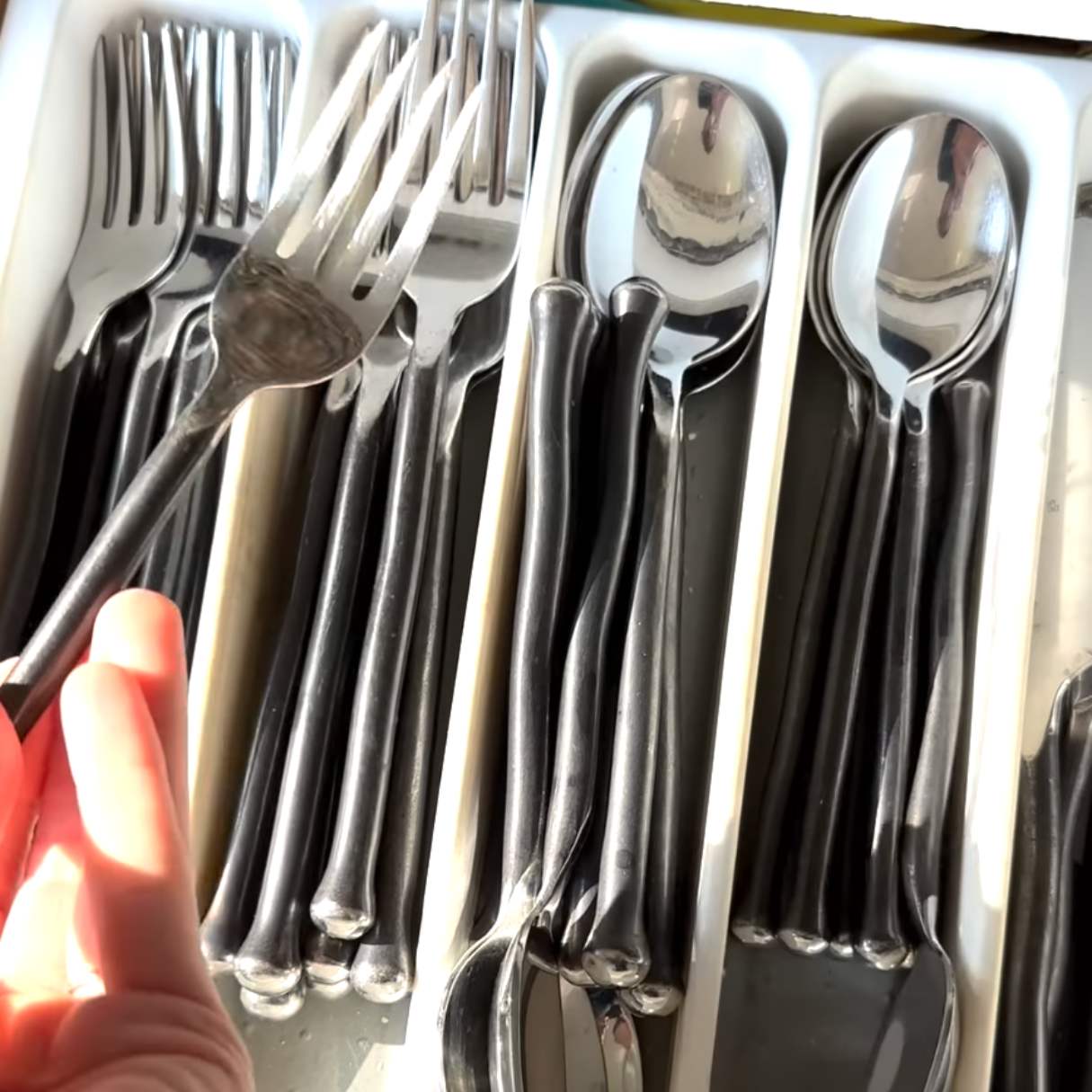
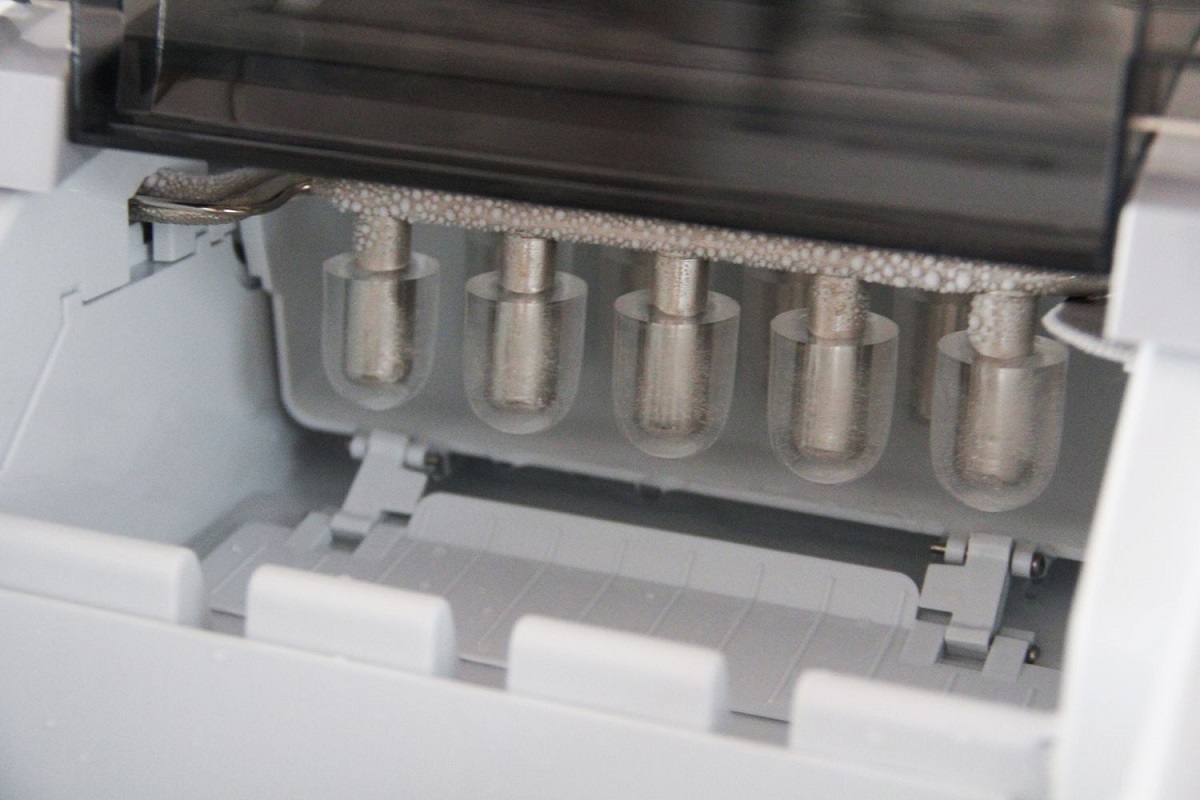
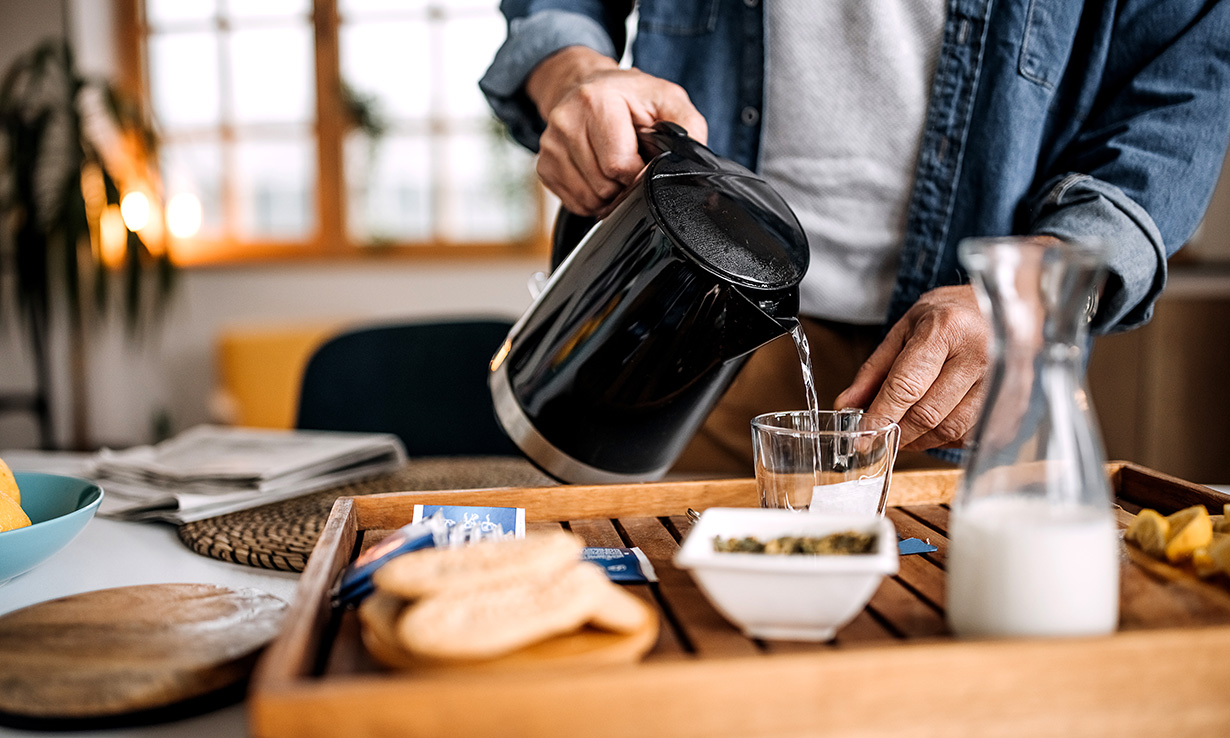
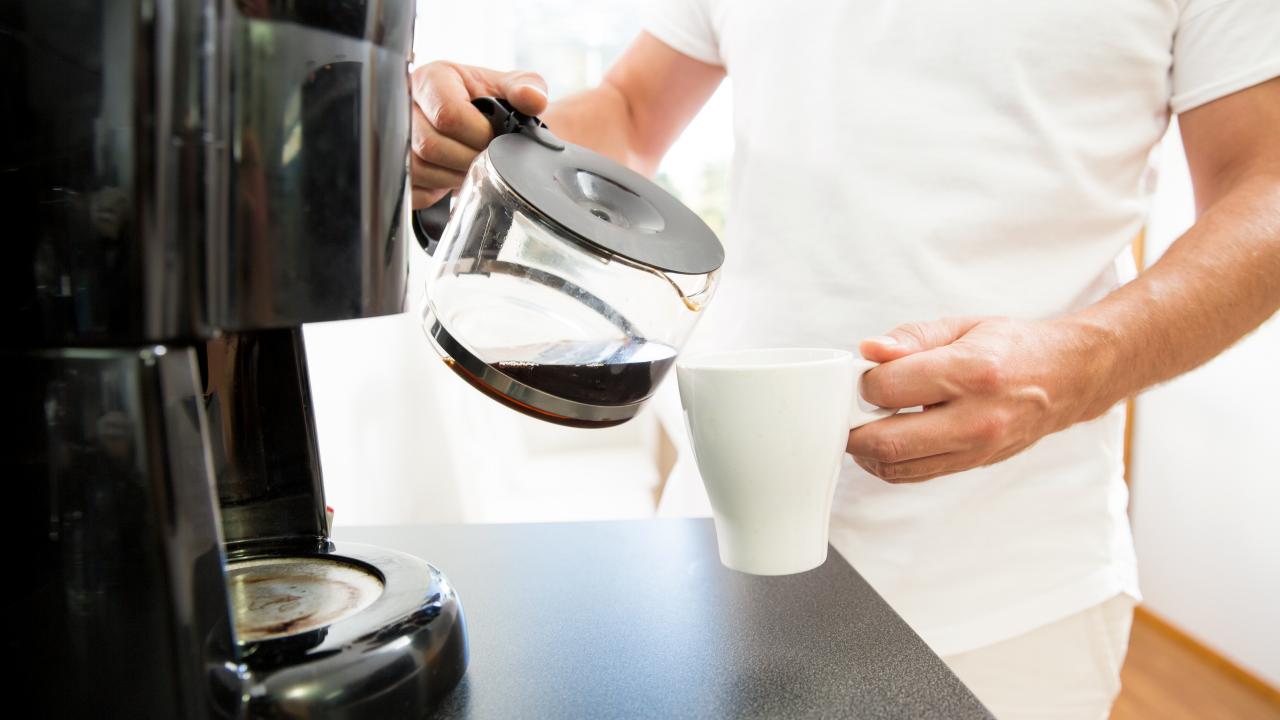
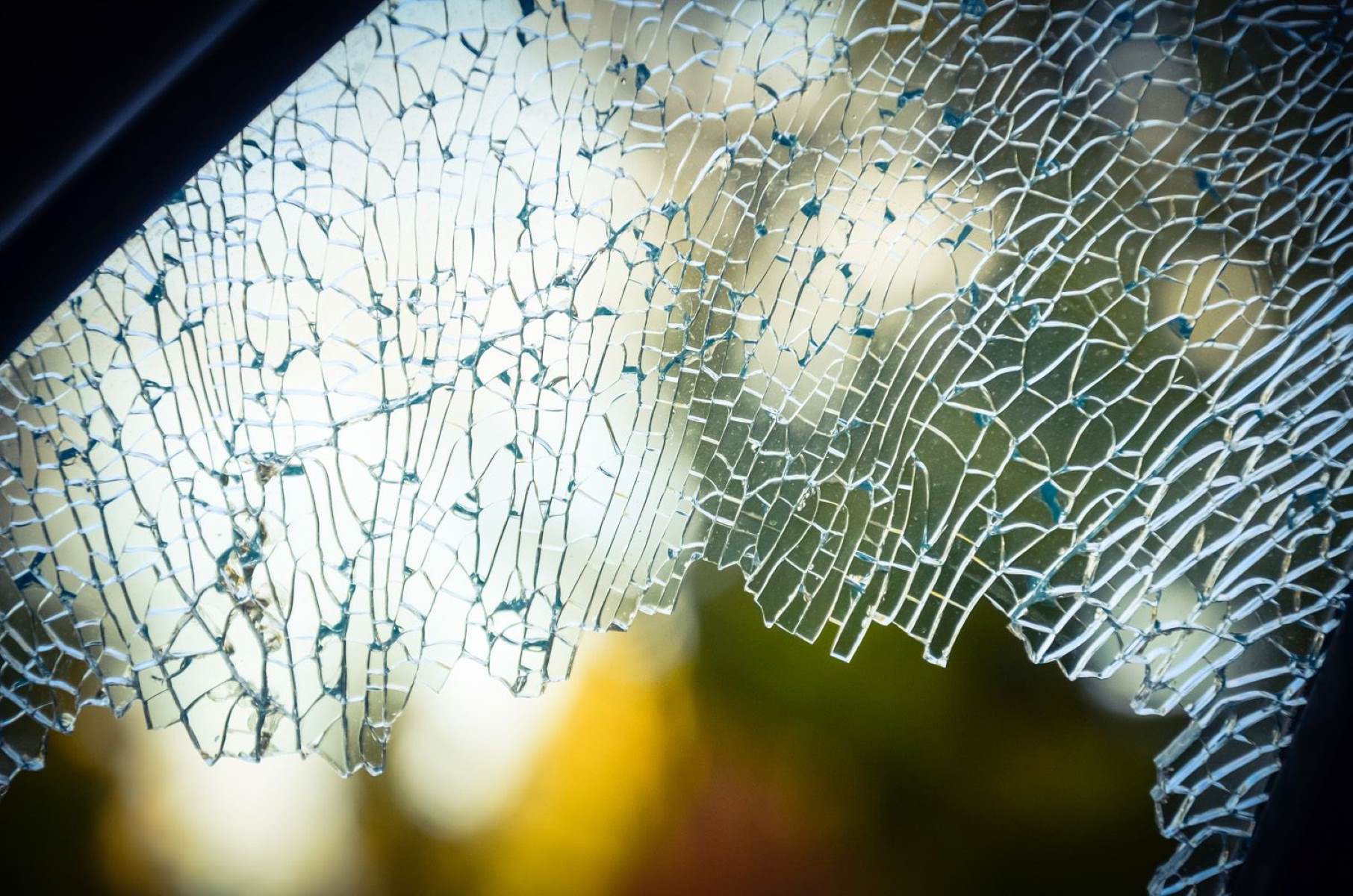

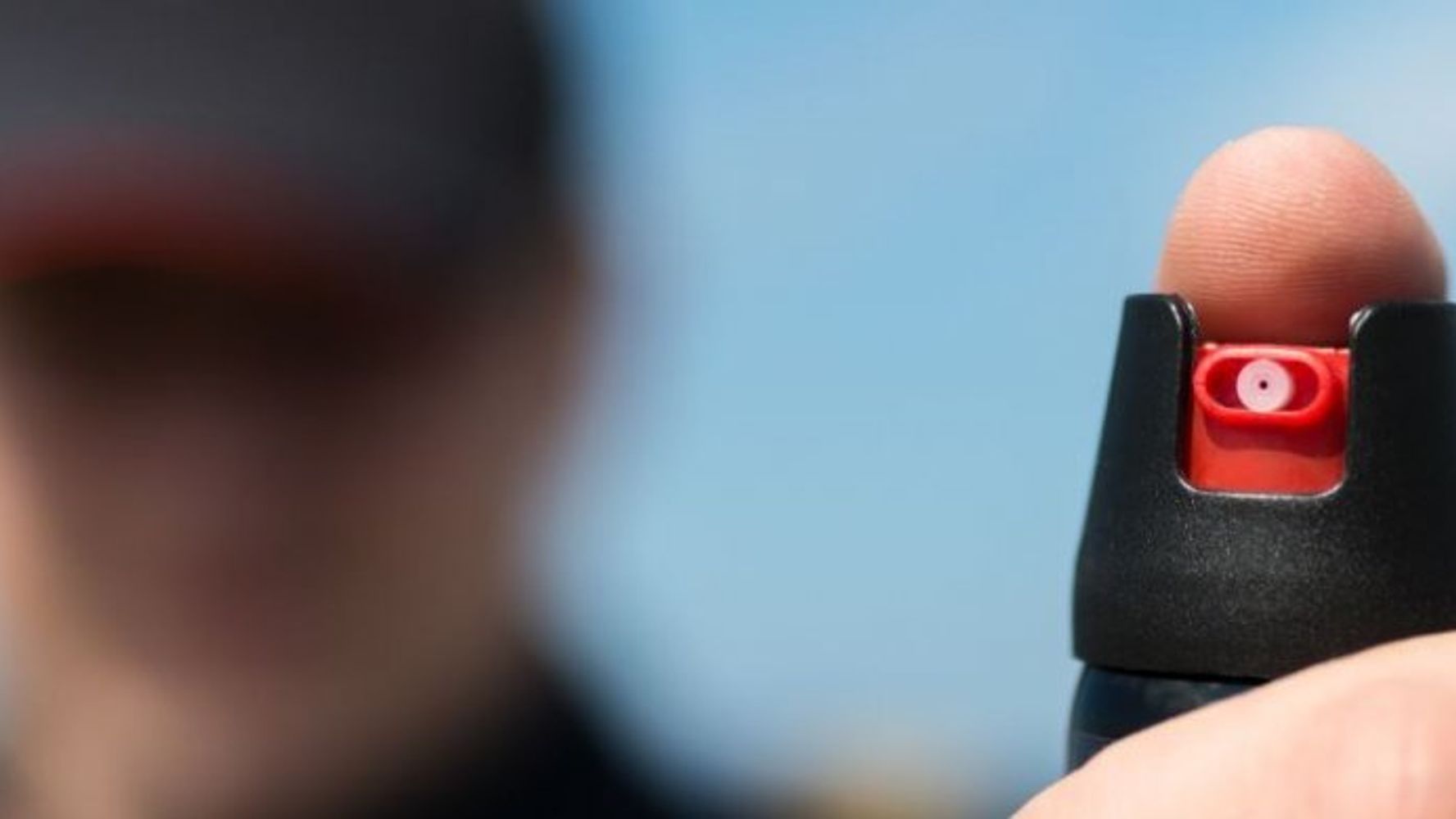
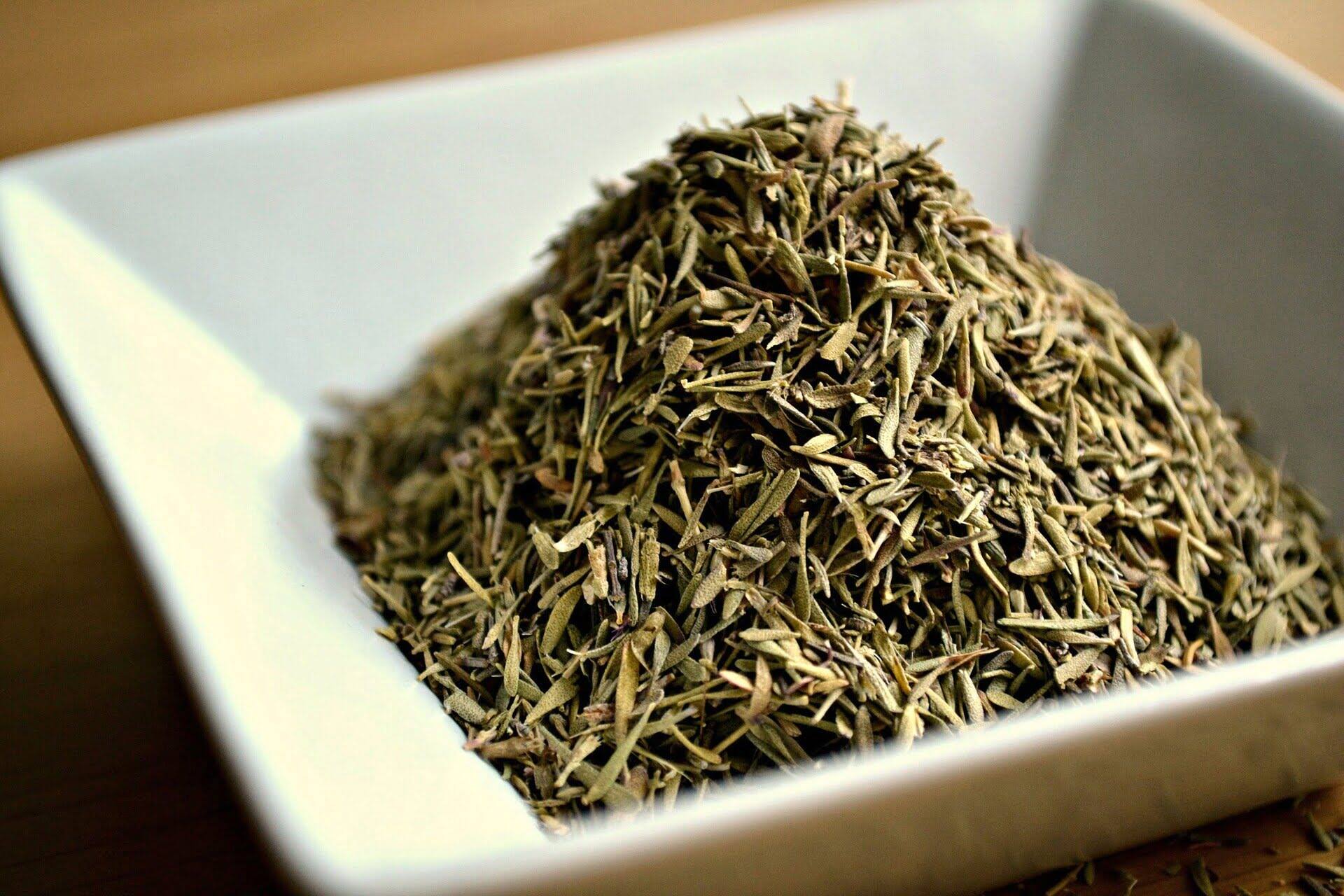

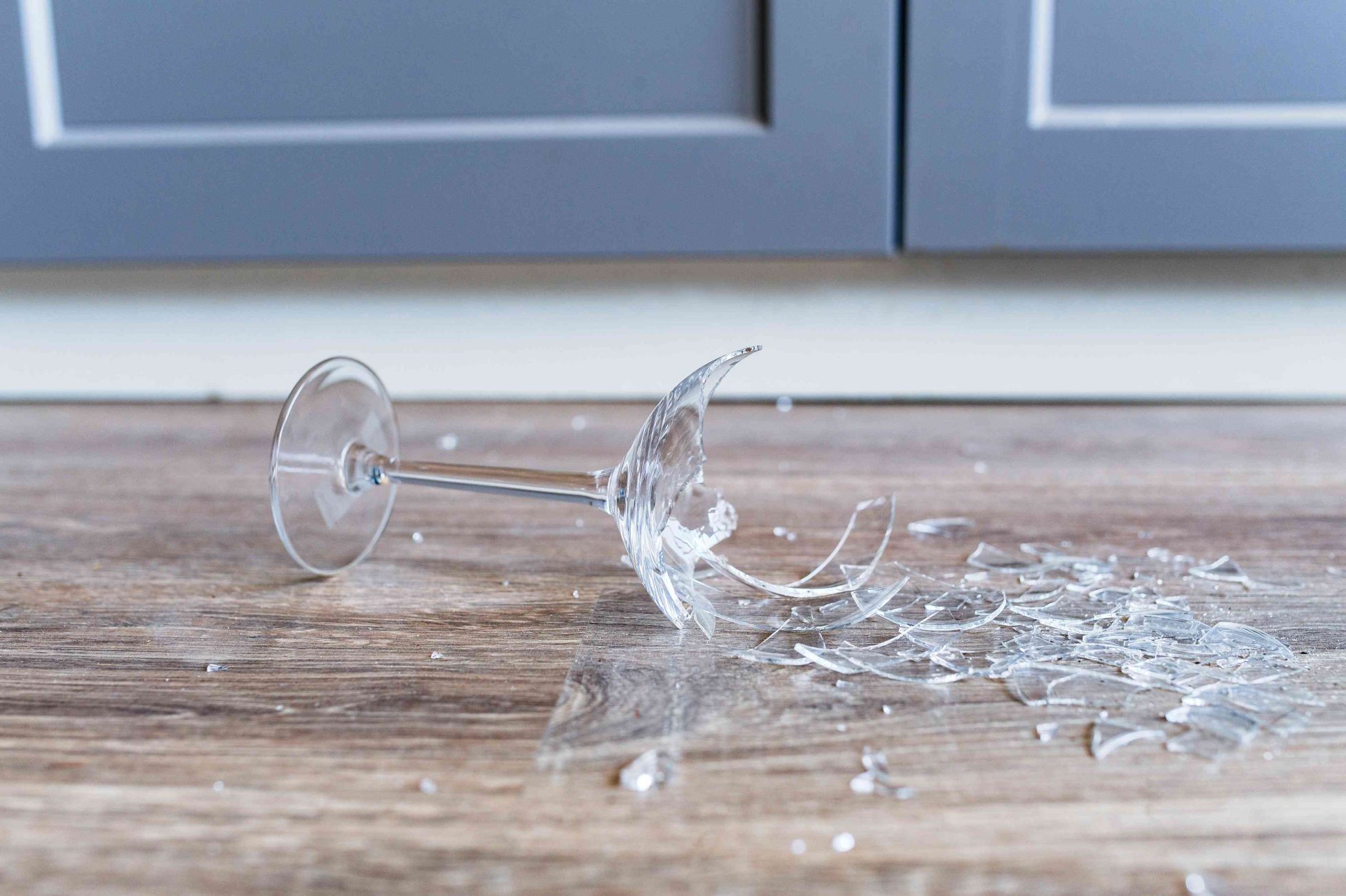



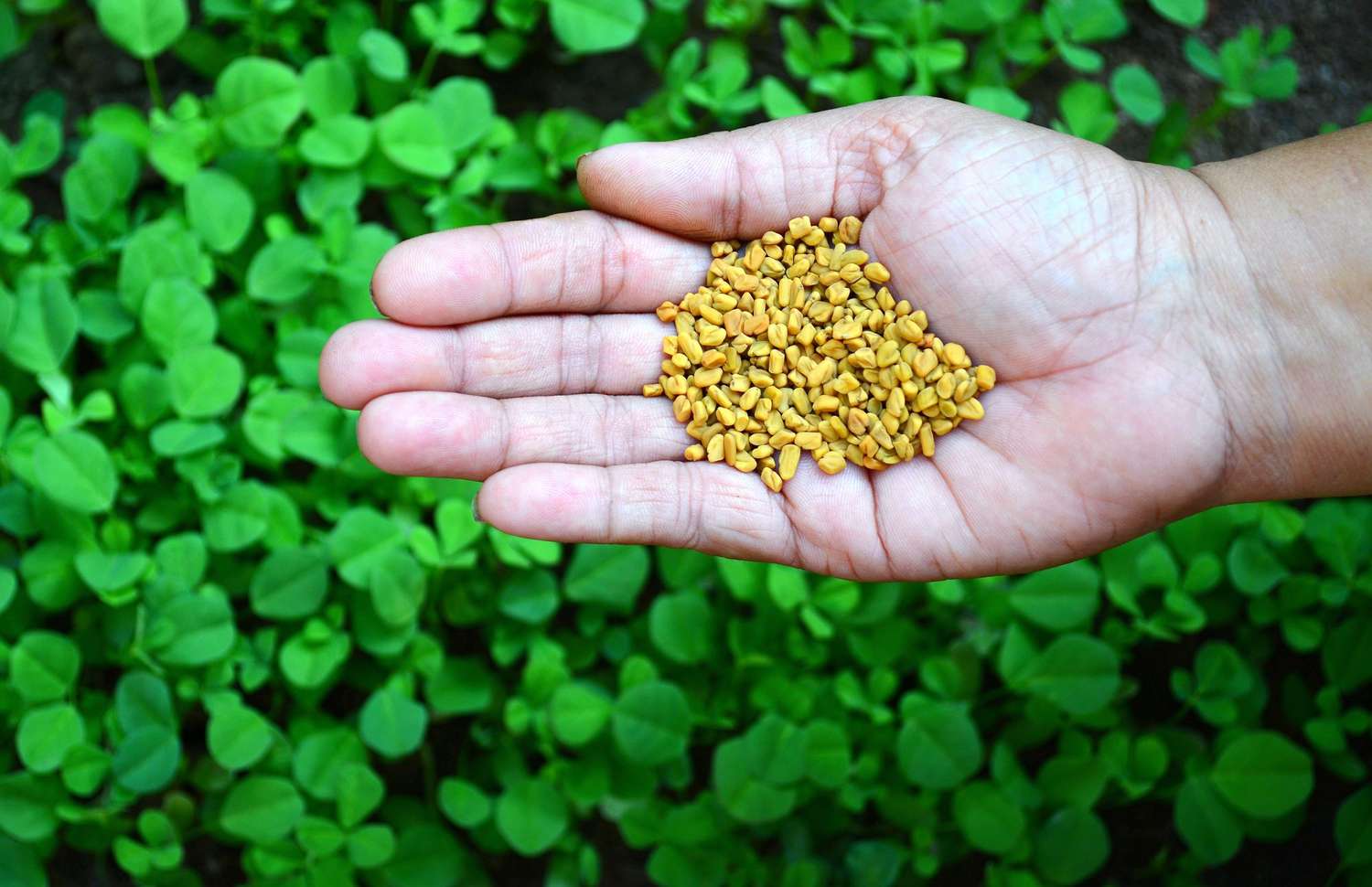

0 thoughts on “Why Does Beer Taste Better In A Glass”